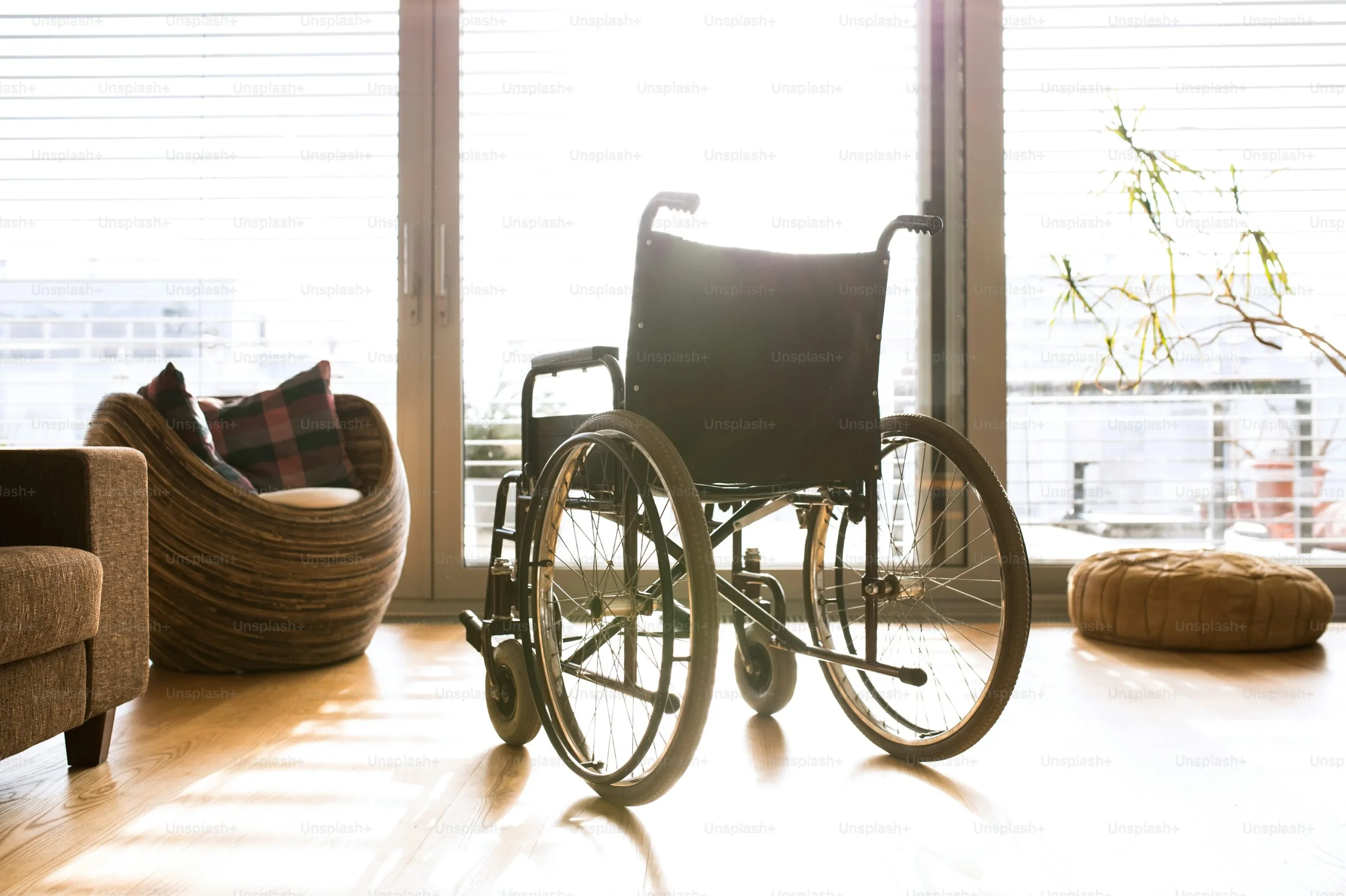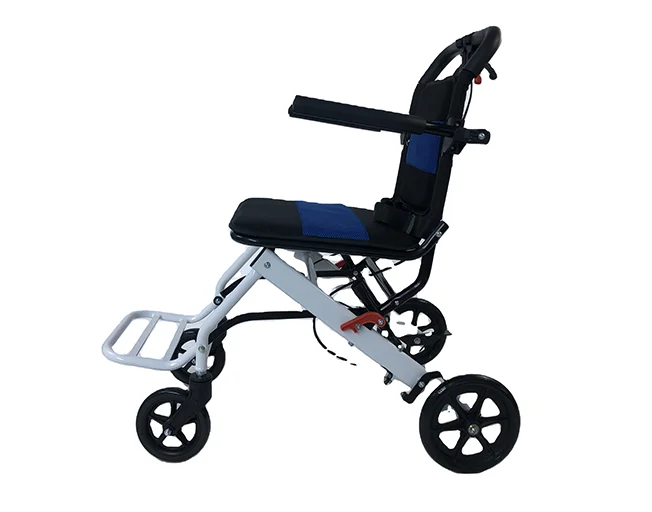What Are the Most Common Wheelchair Problems?
Time : Aug 31, 2025 View : 1,509
Wheelchairs keep you moving, but when they go wonky, your whole day can get messed up. Shaky wheels, glitchy controls—those small hiccups stack up quick if you don’t spot ‘em soon. This guide jumps into the biggest wheelchair hassles, like creaky frames, iffy brakes, or seats that just ain’t comfy, and dishes out handy fixes to keep things gliding smooth. Plus, we’ll shine a light on XUNYU’s awesome wheelchairs, built tough with cool tech like aerospace-grade aluminum for users, caregivers, or pros. Wanna cruise without the drama? Let’s dive in.

Guide to Wheelchair Problems and Solutions
Wheelchair hiccups can drive you up the wall, especially when you rely on one daily. Whether you’re a clinician, a caregiver, or the one using it, spotting mechanical or comfort problems early is key to staying safe and cozy. This guide breaks down all kinds of wheelchair troubles—shaky frames, iffy controls, or pesky electrical glitches—and shares expert tricks to sort them out and keep frustrations low.
Looking for a solid manufacturer in the mobility world? Check out XUNYU. They’re known for spot-on engineering and designs that put users first. From manual to powered wheelchairs, XUNYU’s got a full range, packed with high-tech stuff like aerospace-grade aluminum and smart control systems. Their gear is built tough, ready to hold up for clinics or everyday use without letting you down.
Frame and Structural Issues
Over time, physical stress and environmental exposure can compromise the structural integrity of your wheelchair.
Cracks, Bends, and Material Fatigue
Repeated loading on uneven terrain or improper usage can lead to microfractures or warping in the frame. These issues may not be immediately visible but can cause long-term instability. The frame is welded with high-strength aluminum profiles, which significantly reduces the risk of fatigue-related failures when compared to lower-grade materials.
Loose Bolts and Fasteners
Vibration during movement often leads to loosening of bolts or fasteners. This results in squeaking sounds or wobbling components. Regular inspection is essential to prevent further damage.
Misalignment of Frame Components
Misaligned crossbars or footrests can affect posture support and maneuverability. Precision welding techniques help maintain factory alignment even after extended use.
Mechanical and Structural Stuff
The nuts and bolts of wheelchairs—like wheels, frames, and brakes—keep things rolling smoothly and safely. Mess-ups here can throw a wrench in how comfy or functional your ride is. Using top-notch materials and smart designs can seriously boost how well the chair works and how long it lasts.
Wheel Issues
Wheels are a big deal for getting around smoothly. Messed-up wheels can really cramp your style and make moving tough. Small front wheels often wobble like crazy on bumpy surfaces. Go for 7-inch PU wheels with anti-vibration features—they help you steer better. Rear wheels take the brunt of the weight, so they can get beaten up and flatten out over time. 10-inch PU wheels in the back hold up better against cracks or squashing. If bearings get worn or gunked up with dirt, rolling feels like pushing through mud. Try 6-inch front and 8-inch rear PVC wheels with sealed bearings; they last longer by keeping dust out.
Brake Problems
Bad brakes are a safety nightmare, especially when you’re transferring or rolling down a slope. Worn-out brake pads or loose cables can make things slip. Self-locking brakes are solid—they grip well, even on a slant. Make sure brake pads line up perfectly with the wheel. If they’re off, they wear unevenly, and stopping power takes a hit over time.
Moving and Turning Challenges
Moving well isn’t just about speed; it’s about handling all kinds of surfaces. Rough pavement will expose a flimsy suspension in no time. Double spring shock absorbers smooth out bumps without shaking the whole chair apart. Using aluminum alloy with a slick carbon transfer printing process and double springs makes rides comfier. Indoors, a tight turning radius is key. Aim for a turning radius of ≤860mm to zip through tight spots like bathrooms or elevators with ease.
Comfort and Power System Troubles
A wheelchair’s comfort and power setup can make or break your day-to-day mobility. Seats, cushions, and electrical bits need to be on point, especially if you’re in the chair for hours. These parts affect how good you feel, how easy it is to get around, and how much you can do on your own. Pick sturdy materials, comfy designs, and dependable power systems, and you’ll notice a big difference in how long the chair lasts and how nice it feels to use.
Seating and Cushion Problems
Sitting for hours in a wheelchair? Comfort’s a must, or you’re risking sores and bad posture. Seat fabrics break down with too much sweat or rubbing. Black and blue breathable cushions stay airy and tough. Flat cushions don’t spread weight well, but the 12-inch Blue Bee Mesh Seat Cushion gives firm support with great airflow for long sits. Weird seat angles can mess up your spine. Modular backrests with adjustable angles fit your body just right, no matter your shape.

Power Wheelchair Electrical Glitches
Electric wheelchairs add a whole new bag of tricks with their power systems. Batteries draining fast? Could be old lithium cells or bad charging habits. Dual charging mode lithium batteries let you power up flexibly, whether at home or on the go. Motors can burn out from getting too hot or electrical hiccups—watch for sluggish starts or weird noises, and get regular checkups to catch issues early. Controllers acting wonky? Blame moisture or software bugs. Digital joystick modules with tweakable sensitivity give you smooth control on all kinds of terrain.
Comfort and Ergonomic Gripes
Long-time wheelchair users can end up with aches that turn chronic if you don’t fix things early. Backrests without lumbar support make you slouch. Multi-layer memory foam cushions with adjustable back panels keep your spine in a happy, neutral spot during long hours. Fixed armrests or footplates don’t work for everyone. Up-turning pedals and foldable armrests (that swing back about 270°) make it easy to adjust for comfort and quick access.
Conclusion
Wheelchair troubles, like shaky wheels or finicky electronics, can really mess with getting around. Spotting issues early and picking smart fixes keeps things rolling smoothly. Swap to tough polyurethane wheels, adjust brakes for solid stopping power, or grab a cushy, breathable seat pad—little tweaks make a big difference. For top-notch options, XUNYU’s the name to know. Their wheelchairs, made with high-tech stuff like aerospace-grade aluminum and slick features like digital joysticks, bring dependability and comfort you can trust.
FAQ
Q: How often should I service my wheelchair?
A: Ideally, every six months; however, if you notice irregular noises from wheels or brakes slipping frequently, schedule an earlier check-up through certified technicians offered by professional service providers like those at XUNYU Medical Equipment Co., Ltd..
Q: What’s causing my power wheelchair battery to drain so quickly?
A: It could be due to aging lithium cells or inefficient charging practices—consider switching to models featuring intelligent dual-mode charging systems available through advanced suppliers like XUNYU’s electric series lineups.dual charging mode lithium battery.
Q: Which cushion should I choose if I sit all day?
A: Opt for ergonomically designed mesh cushions that balance airflow with pressure relief—like this 12-inch Blue Bee Mesh Seat Cushion, ideal for extended use without fatigue buildup.


